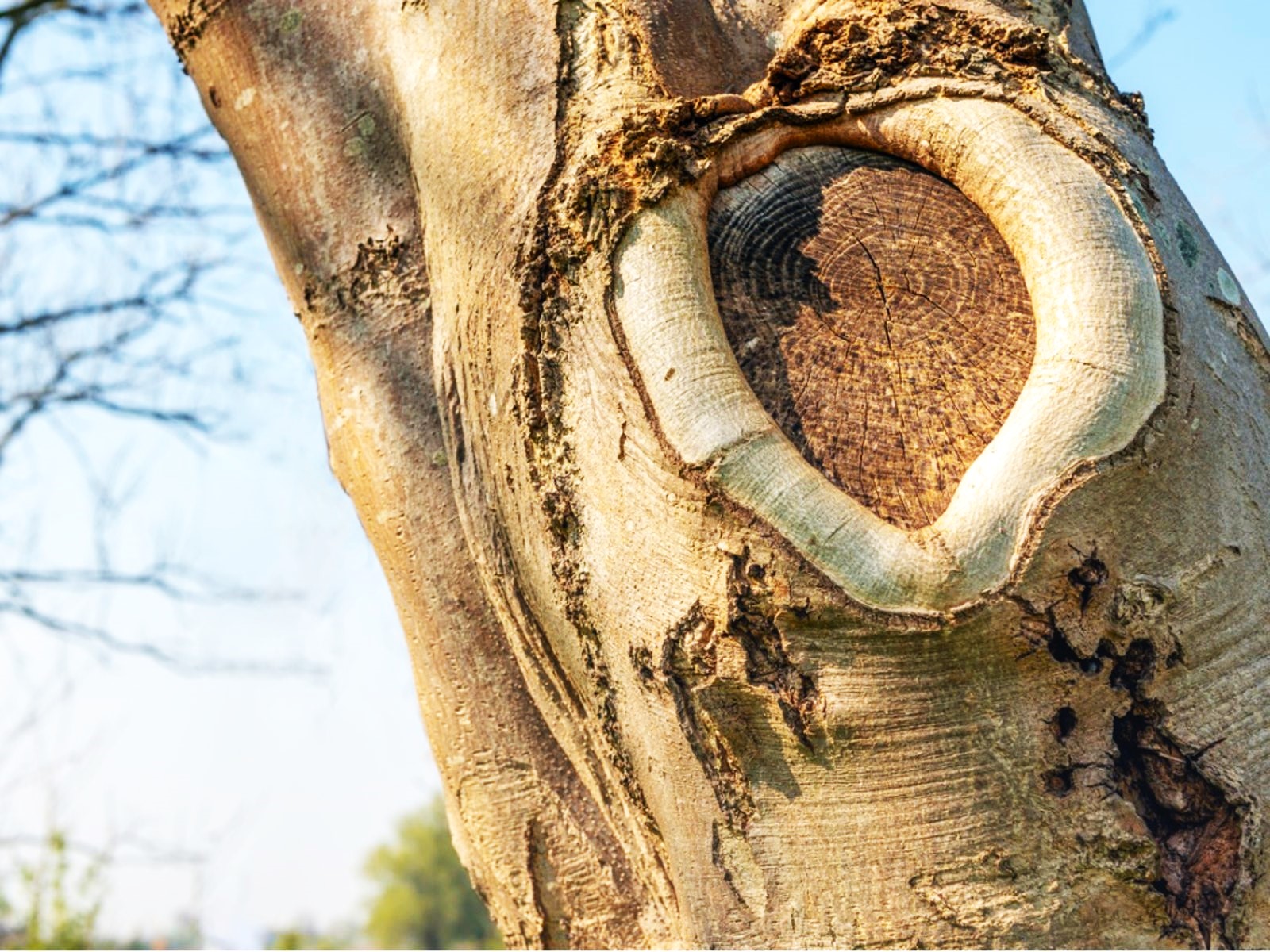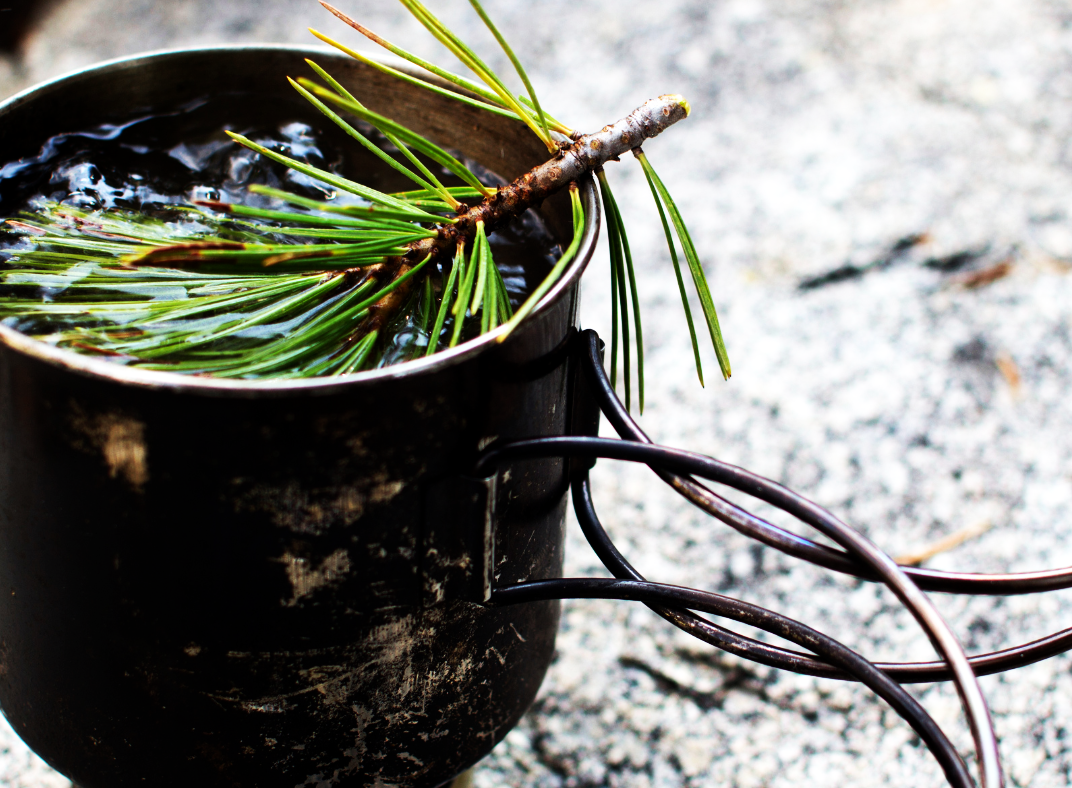What is Tree Wound Dressing: Is It Appropriate to Apply Wound Dressing to Trees and How to Perform Tree Wound Dressing

When a tree is injured, whether on purpose through pruning or by accident, the tree begins a natural defense mechanism. The tree forms a callus on the outside by growing new bark and wood around the injured area. The tree starts a process internally to stop decay. By using a tree wound dressing, some gardeners attempt to facilitate the natural processes. But do trees really offer any advantages when it comes to treating wounds?
What is dressing for wounds?
Petroleum-based products called wound dressings are applied to recently cut or damaged wood. The idea is to keep insects and other decaying organisms from infecting the wound and causing disease. Research from as far back as the 1970s indicates that a wound dressing’s drawbacks greatly exceed its advantages. The tree’s natural defense mechanism against wounds is the formation of calluses, which is prevented by wound dressings. Furthermore, moisture frequently seeps through the dressing, and moisture that is sealed in causes decay. Because of this, applying dressing to tree wounds frequently causes more harm than good.
Is Applying Wound Dressing to Trees Allowed?
Generally speaking, the response is no. Trees shouldn’t be treated with wound dressings made of tar, asphalt, paint, or any other petroleum-based solvent. Apply a very thin layer of an aerosol wound dressing if you want to dress your wound for cosmetic reasons. Remember that this is merely for show.
The tree is not helped by it. For trees to heal, good pruning techniques are a far better strategy. When cutting off large branches, make sure your cuts are clean and parallel to the tree trunk. Compared to angled cuts, straight cuts leave smaller wounds, which are more likely to callus over quickly. Roughly chop shattered limbs below the site of damage. Damage to tree trunks during lawn care is common. Maintain a small space between string trimmers and trees and steer lawn mower discharge away from tree trunks. In areas where oak wilt is a significant issue, a wound dressing may be helpful. Don’t prune in the summer or spring. Use an insecticide-and fungicide-containing wound dressing if you must make cuts during this time.





